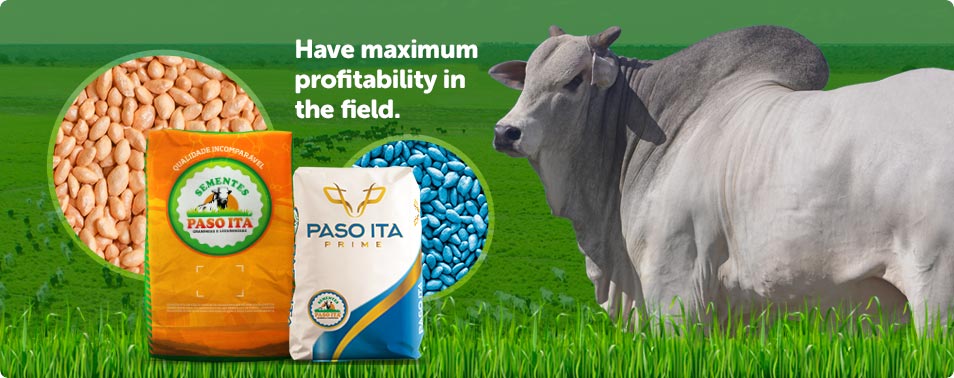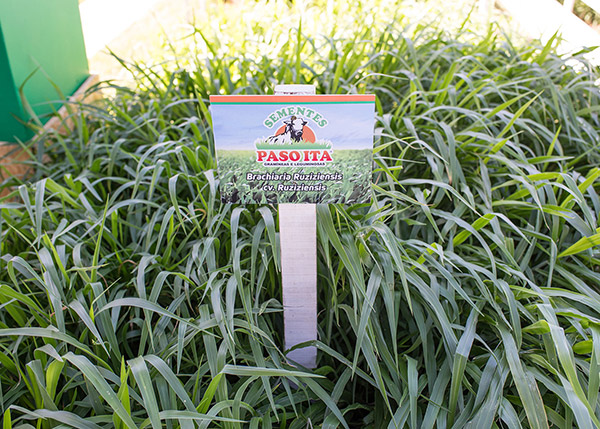
Not fire tolerant. Displays good ability of competing with invader plants, forming a dense pasture in fertile soils. Good tolerance to shade. Very susceptible to attacks from leafhoppers, depending on handling and application of Metarhizum ansiopliae fungus. Recommended for the growing and fattening periods of beef cattle raising. Due to its foraging quality it is recommended for hay making. It is a forager for medium to high fertility soils, requiring good drainage and tropical weather. Does not resist frost and, in ideal conditions, seeds will germinate and establish very well. It is very palatable and well accepted by the animals.

Due to this good palatability, pasture must be done carefully to not compromise regrowth, especially if overgrazed. Due to some of its characteristics, such as its susceptibility to leafhoppers and low regrowth capacity when overgrazed, ruziziensis stopped being used by farmers. However, the high germination capacity of its seeds, especially when overseeding (planting it in an area with other crops, such as soy) and over vegetable coating (straw for direct seeding), its seeds have been recommended by several technicians in direct seeding area and areas of crop-cattle integration.
Several farmers use ruziziensis seeds, in soy crop areas, for vegetable coating in off-season periods and as pasture in winter, even before reaping the grains, in February and March, using air seeding, with good results. The forager provides excellent soil coverage, so the area can be used as a feedlot for animals during winter (between soy crop seasons), and in September-October, ruziziensis plants are burned with a glyphosate herbicide, providing good coverage (straw) for a new soy seeding.
Information from growers mention that grain production, in Brachiaria areas, has presented better yield than grain production in exclusively agricultural areas (for instance, soy planted in a soy area).
It presents great weather adaptation up to 2000m above sea level. Optimal temperature for growth is 28-33 °C. It is affected by low temperatures and is not frost resistant. It does not develop well in waterlogged soils.
According to soil analysis.
Broadcast seeding or in 10 to 40 cm lines, with seed compaction. Germination takes 7 to 21 days, depending on weather conditions. Seeding depth from 0.5 to 1.5 cm. Time necessary before use ranges from 90 to 120 days after emergence.
Foraging production and quality by B. ruziziensis is directly influenced by the amount of nitrogen fertilizer used, soil fertility and available humidity. Its protein content is 12 to 13% in dry matter.
| Usage Pasture, hay and silage |
Altitude Up to 2000m |
| Drought tolerance Medium |
Annual precipitation Above 800mm |
| Leafhopper tolerance Low |
Dry matter yield 10-20t/ha/year |
| Waterlogging tolerance Low |
Crude protein (%DM) 9%-12% |
| Soil fertility High |
Formation time 90 days |
| Soil acidity tolerance Low |
Planting depth 1 to 2 cm |
| Cold tolerance Low |
Growth habit Decumbent |